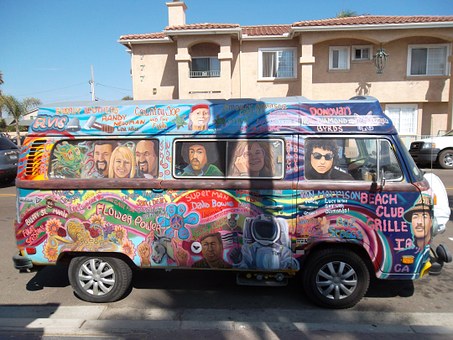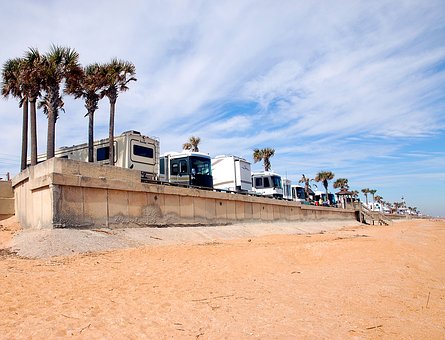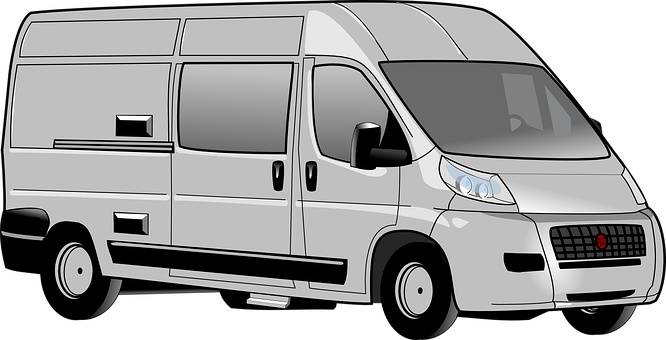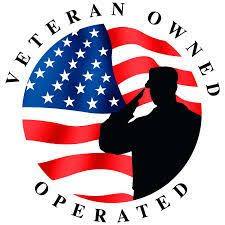
Regardless of how or where it began, it is a movement that is growing by leaps and bounds and it’s called … “Van Dwelling.”
More and more, nomads are taking to the roads and exploring this great country and it’s happening as well in Canada, Europe, Australia, Asia, Central and South America and I’m sure other countries as well.

The RV (recreational vehicle) Industry as a whole is experiencing tremendous growth. Some people however, can’t afford the RV’s on the market today. The large Class A’s are very expensive, not only to buy but gasoline and diesel fuel costs to propel them around the country is very expensive when you’re only getting between 6-10 miles per gallon, not to mention maintenance and upkeep. Class C’s, while not quite as large as the Class A’s are also very expensive to buy and maintain. While the Class B is the smaller of the 3, it costs more per square foot than its bigger cousins. The Class B is basically a van that has been converted by an RV factory. It gets better gas mileage and is easier to handle on the road, but is much smaller, thereby limiting it to a couple unless you want to squeeze in a kid or 2.

That brings me to the theme of this post.
Because of all associated costs with the 3 RV’s mentioned above, a lot of folks are opting to purchase a van, usually a cargo van as opposed to a minivan or soccer-mom van as they are sometimes referred to. The cargo van usually comes with 2 front seats and a large open van for hauling cargo. These type vans are preferred in the construction industry. I won’t get into the minivan as those type vans aren’t really preferred by van dwellers due to lack of room for living comfort. I have a van that’s been converted and I’ve lived in it for weeks at a time as I travel the highways of this big country. I haven’t made the move totally from my home to the van, but I must say, I’m thinking about it seriously as each time I go on the road, I enjoy it more.
There are many benefits to buying a cargo van and converting it to an RV yourself; the first of which is cost. There are several different types of cargo vans on the market, but these 3 types seem to stand out as far as my research goes.
- First is the standard cargo vans such as a Chevrolet Express and the Ford Econoline seem to be preferred.
- Second is the Sprinter vans, such as Mercedes, Ford Transit and Dodge Ram Promaster.
- Third are the smaller cargo vans such as the Ford Transit Connect, Dodge Ram Promaster City, Chevrolet City Express and the Nissan NV200.
The vans in number 1 above offer a good amount of room and seem quite comfortable on the road. It is not possible to stand erect in these vans, but there is quite a bit of headroom. Quite easy to build out the way you want it so I’m told.

The second group, the sprinters are tall enough that a person 6’ or somewhat taller is able to stand erect. These vans too, are quite easy to build out and comfortable on the road. They seem to be preferred by a couple or a couple with children. They are also preferred by nomads that have not fully retired and work from the road, thereby needing additional space for a work station for their computer. These come with gasoline or diesel engines and are obviously more expensive of the 3 groups.

The third group is the smallest vans on the market. I’ve seen the Ram Promaster City and the Ford Transit Connect selling new in the $20,000 – $25,000.00 range. They are quite comfortable to drive and get upwards of 27-29 miles per gallon which makes them very attractive for a solo traveler or a couple on a budget. I’ve run across several couples living in these smaller vans and seem to enjoy it greatly. There are several YouTube videos available showing floor plans and build-outs of all of these vans.

My next post will go into some tips on building out your van, and things to consider before you even begin building it out. So, stay tuned for that blog post, hopefully tomorrow…
** Most of the photos in this blog are provided with the courtesy of pixabay.com.
“If you liked this post, please follow me here on Steemit. I’ll follow you back. I’ll be bringing you more good quality content in the weeks to come.”
Until next time…


